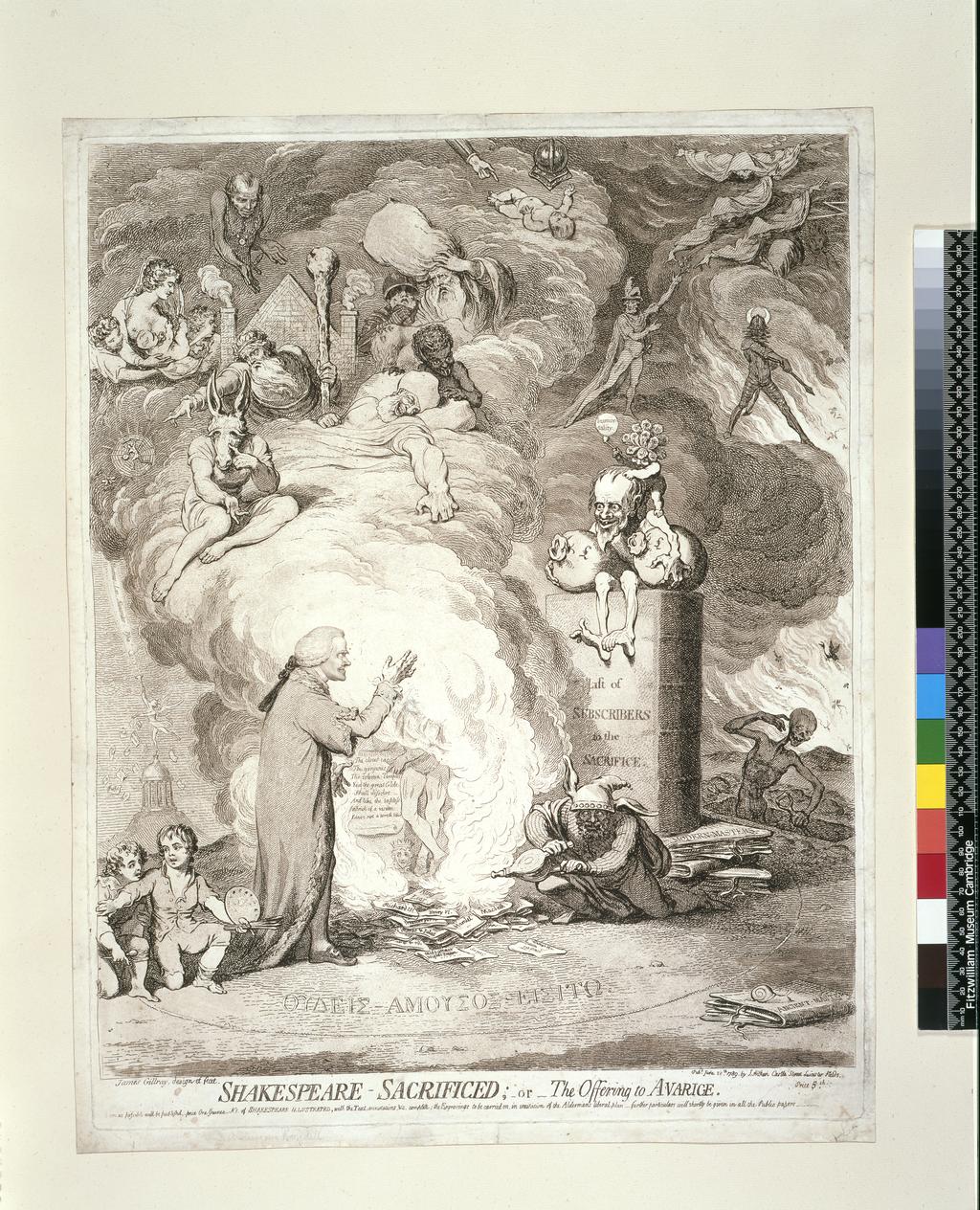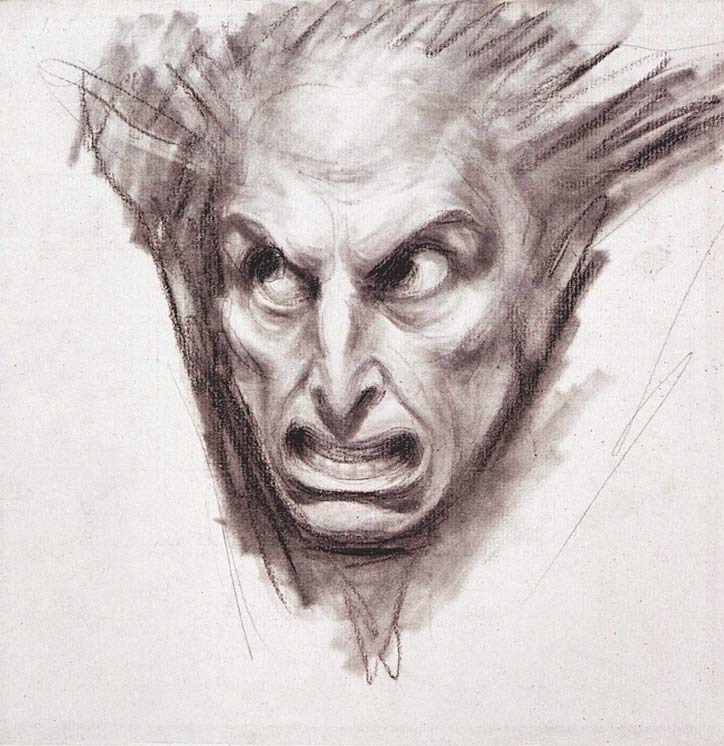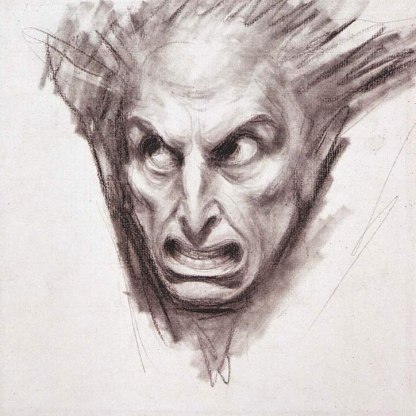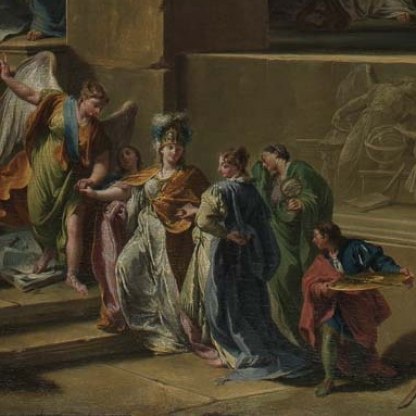Alderman John Boydell
Foreigners have said with some truth, that the abilities of our best artists are chiefly employed in painting portraits of those who in half a century will be lost in oblivion, while the noblest part of art, historical painting, is much neglected. To obviate this national reflection was the principal cause of the present undertaking.
Preface to the Boydell Shakespeare Gallery Catalogue, 1789
If the talents of John Boydell (1719–1804) as an engraver were moderate, as a dealer in prints he was something of a genius. In the mid-eighteenth century, he recognised the growing market for engravings of well-known works of art and capitalised on this. His book of 1755, A Collection of One Hundred and Two Views, &c, in England and Wales, was a best-seller throughout Europe. And when in 1776 he engaged William Woollett to engrave Benjamin West's patriotic painting The Death of General Wolfe, he discovered an enthusiasm for historical works amongst the English print-buying public.
The idea of a gallery hung entirely with new paintings inspired by scenes from the works of William Shakespeare, was first mooted during a dinner at Boydell's house one evening in November 1786. He had originally intended simply to publish a new illustrated edition of Shakespeare's works, but the project grew in his mind, and between 1786 and 1804 he spent over £100,000, commissioning 167 paintings from 37 of the leading artists of the day.
Painters like Romney and Sir Joshua Reynolds enthusiastically supported the 'Shakespeare Gallery', eager themselves to establish a tradition of English historical painting. Many of the original canvases are now lost, but their images survive in the prints that were made from them. Left is an engraving in the Fitzwilliam of Benjamin West's account of King Lear, Act 3, Scene 4.
Not everyone, however, believed that Boydell's motives were so high-minded. James Gillray published a blistering attack on the enterprise in 1789, shortly after the gallery at Pall Mall had opened. Shakespeare Sacrificed or The Offering to Avarice is one of the great caricaturist's best works. Gillray was not himself invited to contribute to the Shakepeare Gallery and this slight may have added to his bile. But the quality of his engraving here, and indeed the imagination behind the piece, is the equal of anything published by Boydell.

There is a copy of the print in the Fitzwilliam P.224-1948. Boydell, who was an Alderman of the City of London, stands in his robes of office before a bonfire of Shakespeare's plays. A grotesque goblin, clutching two fat moneybags, grins at him from atop a huge ledger bearing the title 'List of subscribers to the sacrifice'. The print is populated by figures, pastiches of those in paintings from the Shakespeare Gallery: Bottom from Henry Fuseli's Midsummer Night's Dream, King Lear and the Fool from a painting by James Barry.
Eventually, by 1804, Boydell had to acknowledge the commercial faiure of his scheme, and he declared himself bankrupt. The paintings had on the whole not been well received, and the deterioration of relations between England and France following the French Revolution, had deprived him of the lucrative European print market.
In 1805 a lottery was held. Twenty-two thousand tickets were printed at a price of 3 guineas each. The prize was the Shakespeare Gallery and everything in it. On 17 May 1805, the lucky winner, having declined an offer of £10,000 from Boydell's son, put the paintings up for auction.
The Shakespeare Gallery project had ended in failure but, by using commercial print sales to pay painters, Boydell had succeeded in introducing a new type of artistic patronage in England. Several other similar projects followed, including Thomas Macklin's 'Poet's Gallery', Henry Fuseli's 'Milton Gallery', and Robert Bowyer's 'History of England'.
Other highlight objects you might like
Other pathways and stories you might like
Sign up to our emails
Be the first to hear about our news, exhibitions, events and more…






, 1868 Sir Ivor and Lady Batchelor Bequest through The Art Fund. Photo © The Fitzwilliam Museum, Cambridge..jpg?key=exhibition)